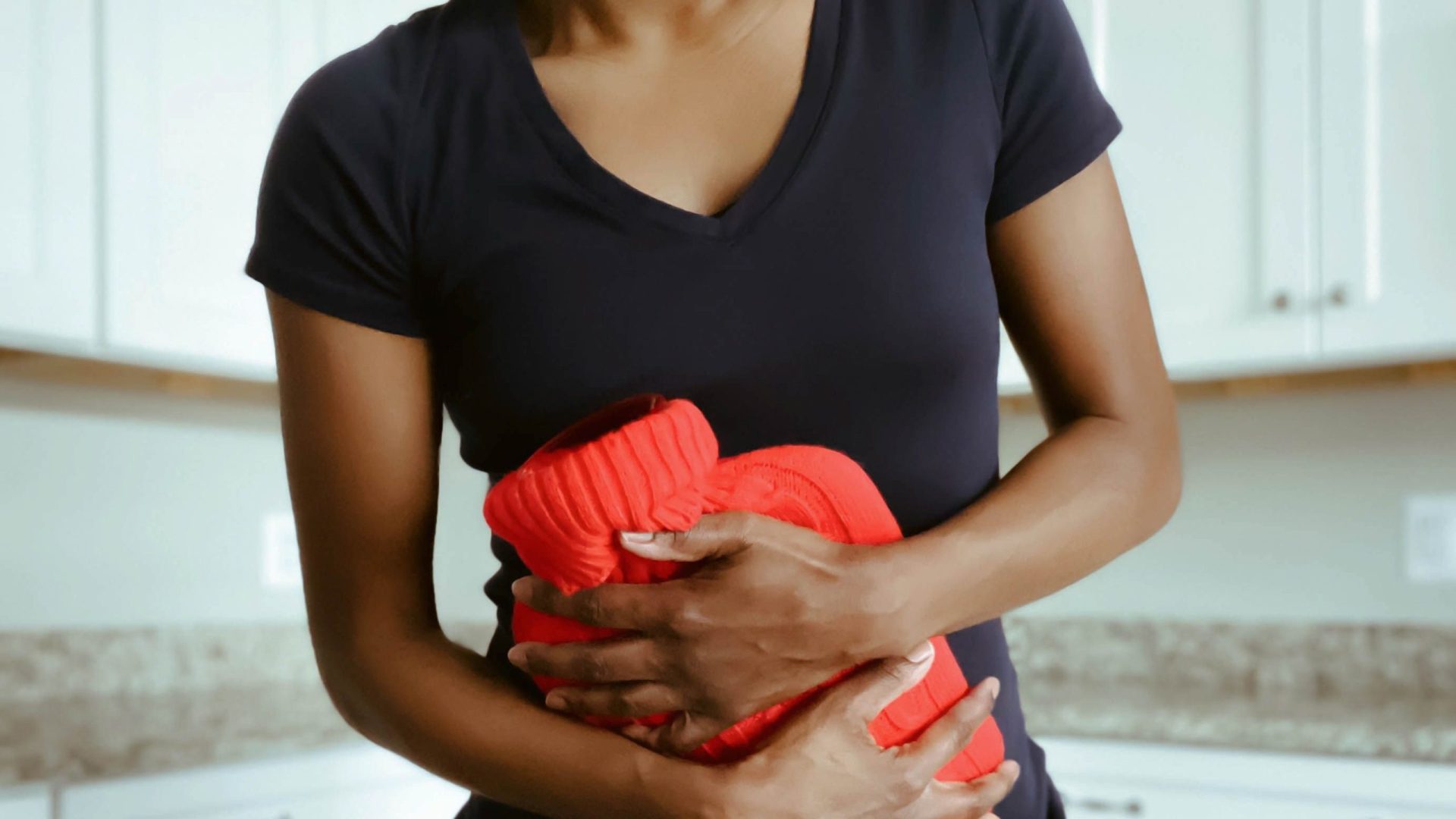- Empty cart.
- Continue Shopping
Natural Ways to Alleviate Menstrual Cramps

Menstrual cramps, also known as dysmenorrhea, can be a significant source of discomfort for many women. While over-the-counter medications like ibuprofen are commonly used to manage the pain, some people prefer natural alternatives. Below are various natural methods to alleviate menstrual cramps, offering you a range of options to consider for relief.
Heat Therapy: The Classic Comforter
How It Works
Applying heat to the lower abdomen can help relax the uterine muscles, thereby reducing cramps. Heat therapy increases blood flow and helps to ease the muscle contractions that cause pain.
Methods
- Hot Water Bottle: Fill a hot water bottle with warm water and place it on your abdomen.
- Heating Pad: Electric heating pads offer adjustable temperature settings for personalized comfort.
- Warm Bath: Soaking in a warm bath can also provide full-body relaxation.
Dietary Changes: Food as Medicine
Nutrient-Rich Foods
Certain nutrients like omega-3 fatty acids, found in fish and flaxseeds, have anti-inflammatory properties that can help alleviate cramps.
Avoiding Triggers
Caffeine, alcohol, and salty foods can exacerbate cramps. Opt for herbal teas and water to stay hydrated.
Exercise: Move to Improve
The Science Behind It
Exercise releases endorphins, which act as natural painkillers and mood lifters. Even light exercise can help alleviate menstrual cramps.
Types of Exercise
- Yoga: Gentle yoga poses can help stretch and relax the uterine muscles.
- Walking: A simple walk can stimulate blood flow and relieve cramps.
- Aerobic Exercise: Activities like swimming or cycling can also be effective but may be better suited for the days leading up to your period rather than during heavy flow.
Herbal Remedies: Nature’s Pharmacy
Popular Options
- Chamomile Tea: Known for its anti-inflammatory, antispasmodic, and relaxing properties.
- Ginger: Can be consumed as a tea or spice and is effective in reducing pain.
- Fennel: Acts as a muscle relaxant and can be consumed as a tea.
Precautions
Always consult a healthcare provider before starting any herbal remedies, especially if you’re pregnant, breastfeeding, or taking other medications.
Acupressure and Reflexology: Ancient Techniques
How They Work
These techniques involve applying pressure to specific points on the body to relieve pain. While scientific evidence is limited, many find these methods effective for symptom relief.
Points to Focus On
- The Arch of the Foot: Applying pressure here can relieve tension in the abdominal muscles.
- The Webbing Between Thumb and Index Finger: Known as the LI4 point in acupuncture, this area is commonly used for pain relief.
In conclusion, natural methods to alleviate menstrual cramps offer a variety of options to suit different preferences and needs. From heat therapy and dietary changes to exercise and herbal remedies, these alternatives provide a holistic approach to managing menstrual discomfort. However, it’s essential to consult a healthcare provider for a proper diagnosis and treatment plan, especially if your symptoms are severe or persistent. With the right combination of natural methods, you can find the relief you need to navigate your menstrual cycle more comfortably.








